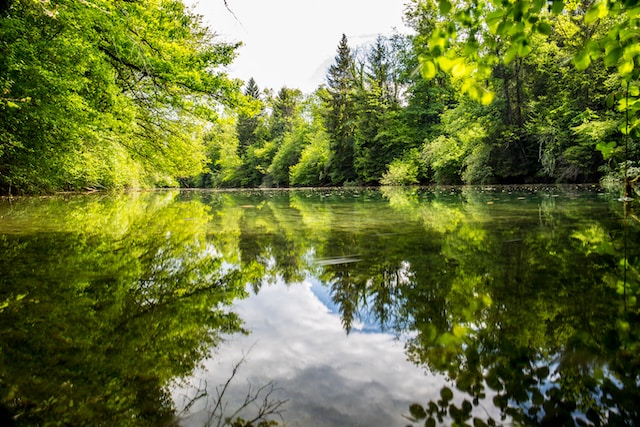The dredging process removes sediment and debris from a waterway. This can help restore the water’s natural level and prevent a flood risk from developing. Several types of dredges can be used for this purpose. They include mechanical dredges that use buckets to excavate sediment and transport it to barges or trucks for disposal or beneficial reuse.
Removing Sediment
Over time, ponds and lakes accumulate sediment due to natural processes. This muck can negatively impact water quality and affect fish and plant life. Many homeowners are searching the Internet for dredging services near me to improve water quality. Fortunately, several options exist to remove sediment from a lake or pond. Hydraulic dredging is the most common option for private riparian owners, allowing for easy removal of accumulated muck. Dredging is important to a lake’s health and can improve water quality, increase the fish population and restore the ecosystem. However, dredging is not a long-term solution.
Maintaining Shipping Channels or Ports
Dredging is an important process to ensure the health and safety of marine natural resources. It is performed to remediate contaminated areas and improve water and nutrient flow. In addition, it is used to prepare for construction projects such as bridges and docks. It also helps reconfigure a waterway to accommodate larger cargo vessels. Maintenance dredging is conducted periodically to remove accumulated sediment that can accumulate over time and prevent deterioration of channel conditions relative to authorized or constructed depths. Tidal currents, watershed runoff, and storm events transport this sediment. The dredging process can increase the depth of waterways and reduce flood risk. It can also clean ponds and lagoons that have been impacted by sedimentation. It can also help reclaim beaches and reduce erosion.
Preventing Flooding
Flooding is a natural phenomenon due to heavy rains and surface waters bursting their banks. It can cause severe damage to people and their property. Local governments can help reduce flood risk by investing in adaptation strategies such as levees, seawalls, and natural barriers like wetlands or open spaces. They can also work with local communities to develop emergency preparedness plans and share information about flooding.
Other measures can be taken to prevent floods, such as relocating items and furniture to higher floors of the home. Installing basement floor drains and backwater prevention valves are also helpful for preventing flood damage. Dredging is a process where large amounts of sediment are removed from a river or stream to create an area of water that is deeper and wider than before. However, this increase in capacity will only last a short period as silt quickly accumulates again in the channel.







